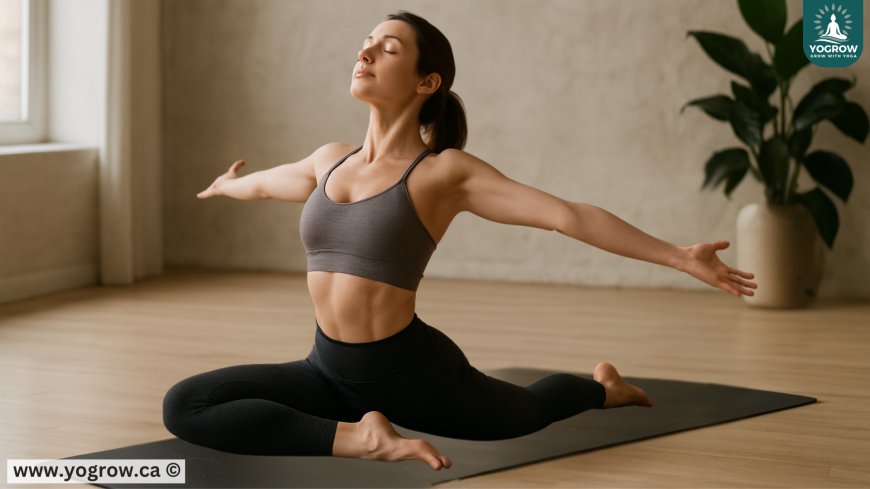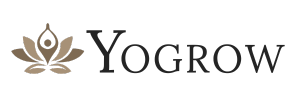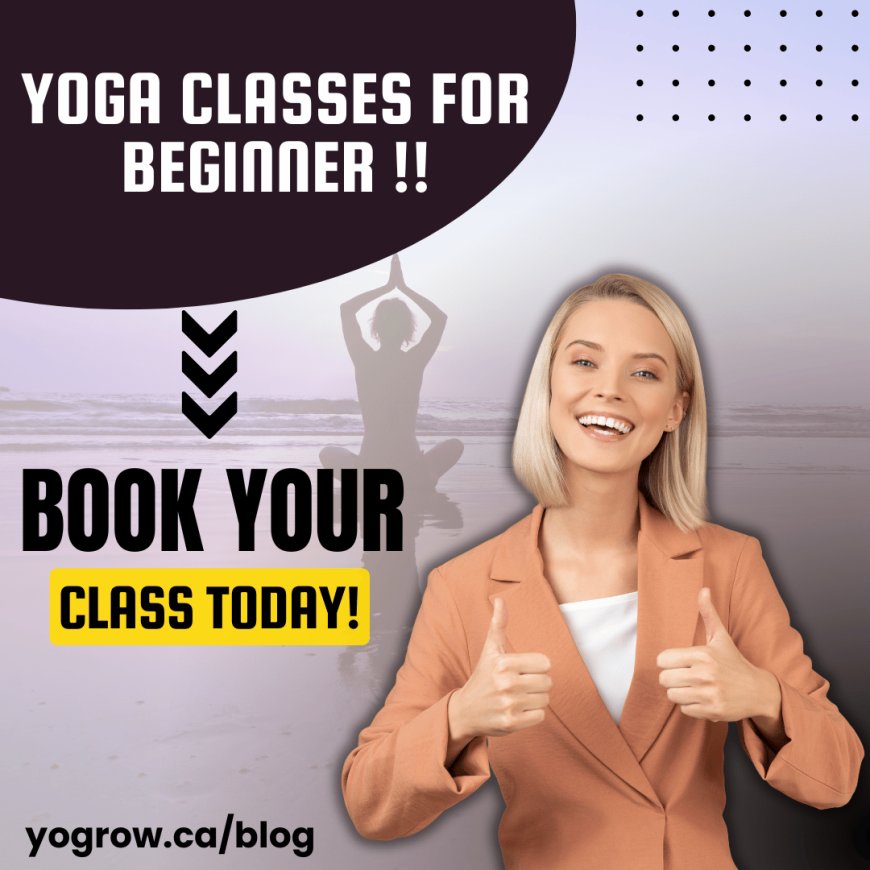Vinyasa Flow: Discover How Breath Meets Motion in Yoga
Explore the benefits of Vinyasa Flow yoga—where breath meets motion—for improved strength, mental clarity, and emotional release. Start your mindful journey today.

In today’s fast-paced world, finding stillness in motion is a gift—and Vinyasa Flow yoga delivers exactly that. Known for its dynamic sequence of poses synchronized with breath, Vinyasa Flow offers a unique blend of mindfulness and movement. As more people seek holistic wellness solutions, Vinyasa yoga stands out for its meditative rhythm, physical challenge, and emotional release. Whether you're a beginner or seasoned yogi, understanding where breath meets motion can transform your practice—and your life.
Benefits of Vinyasa Flow
1. Enhances Mind-Body Connection
The beauty of Vinyasa Flow lies in its seamless connection between breath and movement. Each transition is guided by intentional breathing, which fosters mindfulness and keeps the mind focused. This meditative quality not only grounds practitioners in the present moment but also strengthens the mind-body connection, often weakened by digital distractions and multitasking.
According to OneFlow Yoga, the synchronization of breath and movement in Vinyasa Flow cultivates self-awareness and helps reduce mental chatter—promoting a more centered and calm state of mind.
2. Builds Physical Strength and Flexibility
Unlike static yoga styles, Vinyasa Flow is dynamic and athletic. The continuous movement from one pose to the next builds heat, improving flexibility and cardiovascular endurance. Holding poses such as Chaturanga Dandasana or Warrior sequences develops core strength and tones the entire body.
It’s a full-body workout that doesn’t feel like one—each breath-fueled transition encourages fluidity while offering a safe structure to build strength and stretch simultaneously.
For time-conscious practitioners, even a 5-minute yoga session can provide both a physical and energetic boost when done mindfully through Vinyasa principles.
3. Supports Emotional Release and Stress Relief
As you flow through heart-opening poses and deep hip stretches, Vinyasa yoga provides opportunities for emotional release. The steady rhythm of breath can calm the nervous system, releasing stress and anxiety accumulated throughout the day.
This type of flow can help regulate cortisol levels and activate the parasympathetic nervous system, which promotes relaxation and healing. A well-crafted heart-opening sequence in your Vinyasa practice can unlock stored tension and invite more emotional balance.
4. Improves Focus and Mental Clarity
Because Vinyasa Flow demands attention to each inhale and exhale, it improves concentration and mental clarity. The consistent breath cues serve as an anchor, making it easier to quiet mental noise and stay fully engaged in the present.
This heightened focus doesn’t end on the mat. Many practitioners find that the mindfulness developed through regular Vinyasa practice enhances productivity and presence in daily life.
To dive deeper into how breath-connected movement enhances both physical balance and emotional harmony, check out our blog on Breath-Connected Movement in Yoga.
Step-by-Step Guide to Practicing Vinyasa Flow
Whether you’re just starting or looking to refine your technique, here’s a simple, guided sequence to help you experience the full benefits of Vinyasa Flow:
Step 1: Set an Intention and Connect with Breath
Begin seated in a comfortable position. Close your eyes and take 5 deep breaths. Set a personal intention—perhaps peace, strength, or presence. Let this guide your practice.
Step 2: Warm-Up with Cat-Cow and Sun Salutations
Gently move through Cat-Cow to wake up the spine, then transition into Sun Salutation A. Move mindfully through Mountain Pose, Forward Fold, Plank, Chaturanga, Upward Dog, and Downward Dog, syncing each transition with an inhale or exhale.
Step 3: Flow Through Standing Poses
Incorporate standing sequences like Warrior I & II, Triangle Pose, and Crescent Lunge. Link them smoothly using breath as your guide. Try a repetition of each pose on both sides to build balance.
Step 4: Integrate Heart-Opening and Side-Bending Poses
Introduce Camel Pose, Wild Thing, or Side Angle Pose to open the chest and stretch the sides of the body. These movements are excellent for improving posture and emotional openness. For inspiration, explore this expertly crafted heart-opening yoga sequence.
Step 5: Cool Down with Forward Folds and Twists
Ease the nervous system with Seated Forward Fold, Supine Twist, and Happy Baby. These poses help the body transition from dynamic movement to stillness, promoting full-body relaxation.
Step 6: Savasana and Reflection
Lie back in Savasana and stay for at least 5 minutes. Let your breath return to normal. Reflect on your intention and acknowledge the energy you’ve cultivated.
Conclusion & Call-to-Action
Vinyasa Flow isn’t just a workout—it’s a moving meditation that merges breath, body, and mind. Its benefits span from improved physical fitness and mental focus to emotional release and spiritual growth. With consistency and intention, Vinyasa Flow can become a powerful tool for total wellness.
Want to learn how breath shapes your movement and balances your life? Read more in our post on Breath-Connected Movement in Yoga and explore how small shifts in practice can create big results.
Ready to experience the magic of Vinyasa Flow? Subscribe to our newsletter, book a yoga session, or explore our other blog posts for tips and insights tailored to your journey.
What's Your Reaction?
 Like
0
Like
0
 Dislike
0
Dislike
0
 Love
0
Love
0
 Funny
0
Funny
0
 Angry
0
Angry
0
 Sad
0
Sad
0
 Wow
0
Wow
0























